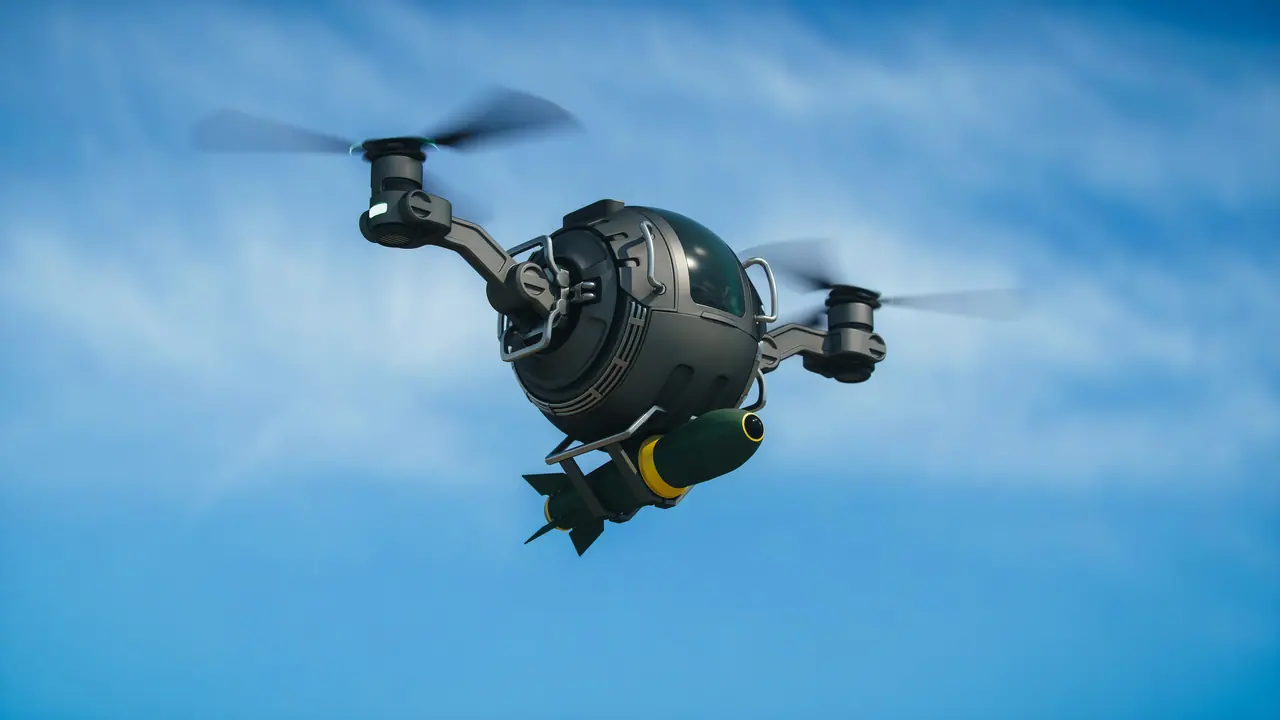Driven by technological innovations and changing geopolitical dynamics, the drone warfare is evolving rapidly across the globe.
New Delhi: Driven by technological innovations and changing geopolitical dynamics, the drone warfare is evolving rapidly across the globe.

On June 1, Ukraine launched an “Operation Spider’s Web”, wherein a swarm of drones were unleashed, hitting five military air bases deep inside the Russian territory. It impacted around 41 aircraft bombers which is about one third of entire Russian’s fleet of bombers.
Though it is unclear whether the FPV drones were remotely piloted or they relied on artificial intelligence data. However, Ukraine has claimed that the shipping containers roofs were opened “remotely” to launch the FPV (first person view) drones to precisely mount the attack on airbases.
A number of videos of Ukrainian drone attacks on Russian airbases are flourished on social media, which are undoubtedly now being studied in military planning rooms.
Defence and strategic expert Major General Sudhakar Jee (Retd) said that the fact that Ukraine was able to damage or destroy such a large number of Russia’s most advanced aircraft deep inside the country reflects the development of its deep-strike programme, as well as the remarkable extent to which Ukraine’s undercover operatives are now able to work inside Russia.
“Since the start of the Kremlin’s all-out invasion, Ukraine’s operations have expanded in range, ambition and sophistication. Western countries have provided some assistance to Ukraine’s deep-strike programme -- on May 28th Germany promised to finance Ukrainian long-range drones – but much of the technology and mission planning is indigenous,” Sudhakar Jee said.
“The said operation is likely to be ranked among the most important raiding actions in modern warfare.” As per an estimate, the Ukrainian has caused over USD 7 billion in damage, with a number of strategic bomber fleet and unmanned surface drones impacted.
Acknowledging the attacks, the Russian defence ministry had said Ukraine launched FPV drone attacks on five airbases namely --- Murmansk, Irkutsk, Ivanovo, Ryazan, and Amur regions, adding that all strikes on the Ivanovo, Ryazan, and Amur airfields were successfully repelled.
It has been learnt that of the aircraft which have been destroyed, include A-50 early-warning planes, Tu-22M3 and Tu-95 strategic bombers.
On Ukrainian action, the former National Security Adviser of the United States, Gen Mike Flynn has cautioned and said in a post on X: “People, and especially world leaders, need to realize the global implications to such an operation as Ukraine just pulled off. Russia will respond. Action, reaction, counteraction. Those are the shifting tides of warfare.”
“This wasn’t a bold action, it was brash. Ukraine’s short-term win could be the world’s long-term loss. Despite what is a complete mess right now in Europe, there are still solutions to achieving peace. They are narrowing however and time, as it often does, becomes an enemy instead of a useful friend,” he added.
How the characteristics of the drone warfare is changing?
It must be noted that the drones are available at cheaper rate, also more accessible and easy to use. The Ukrainian invested merely USD 200 for a piece of drone to target a high-value Russian assets worth million-dollar.
With the integration of artificial intelligence into drones, they can now perform complex tasks, which include target recognition and navigation without GPS. This reduces reliance on human operators and increases resilience against jamming.
“The Ukrainians reversed all three variables, launching small drones during the day, and doing so far from the front lines. Ukraine had launched drones from within Russia previously; the difference was the scale and combined nature of the operations,” Sudhakar Jee added.


